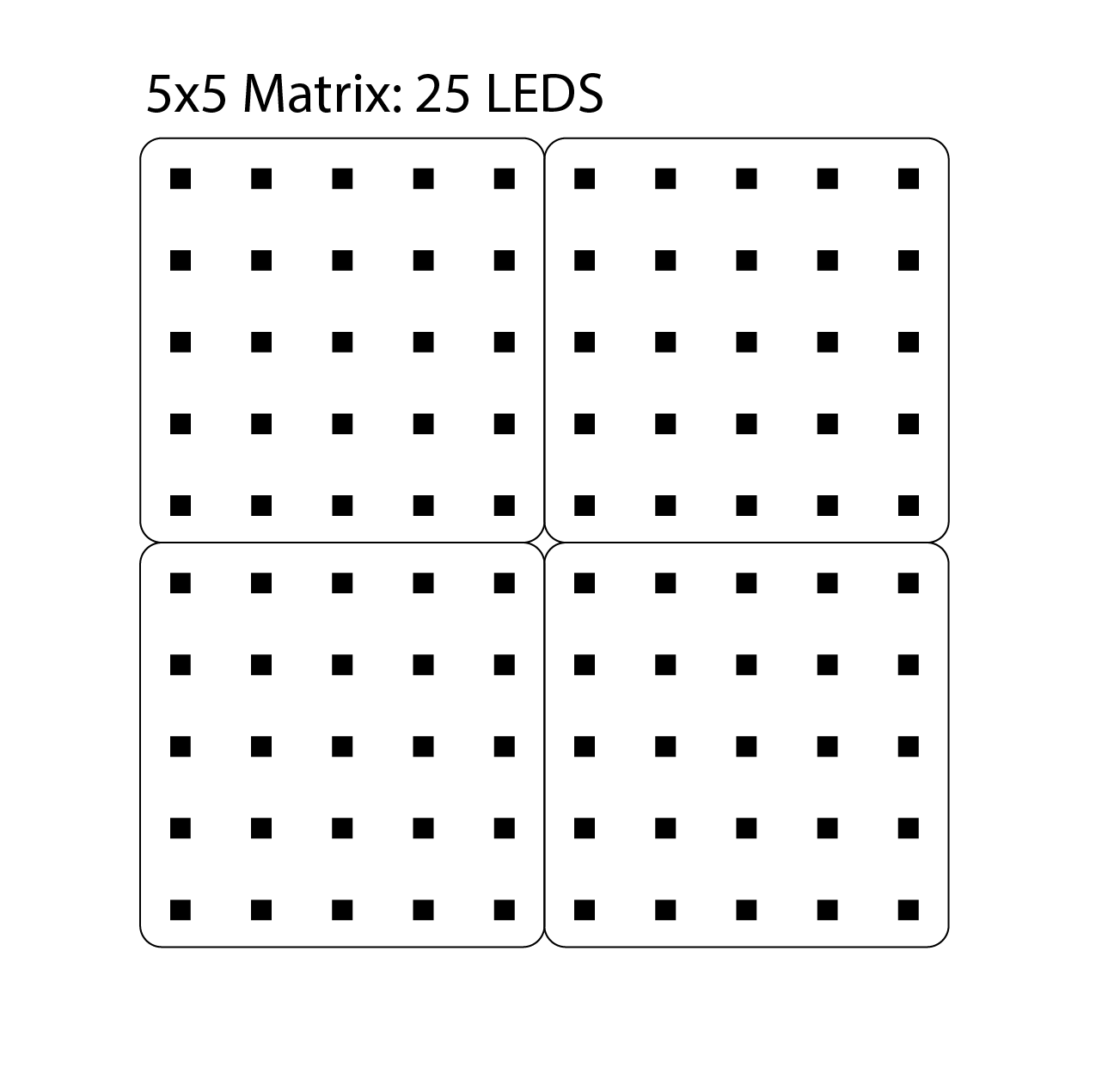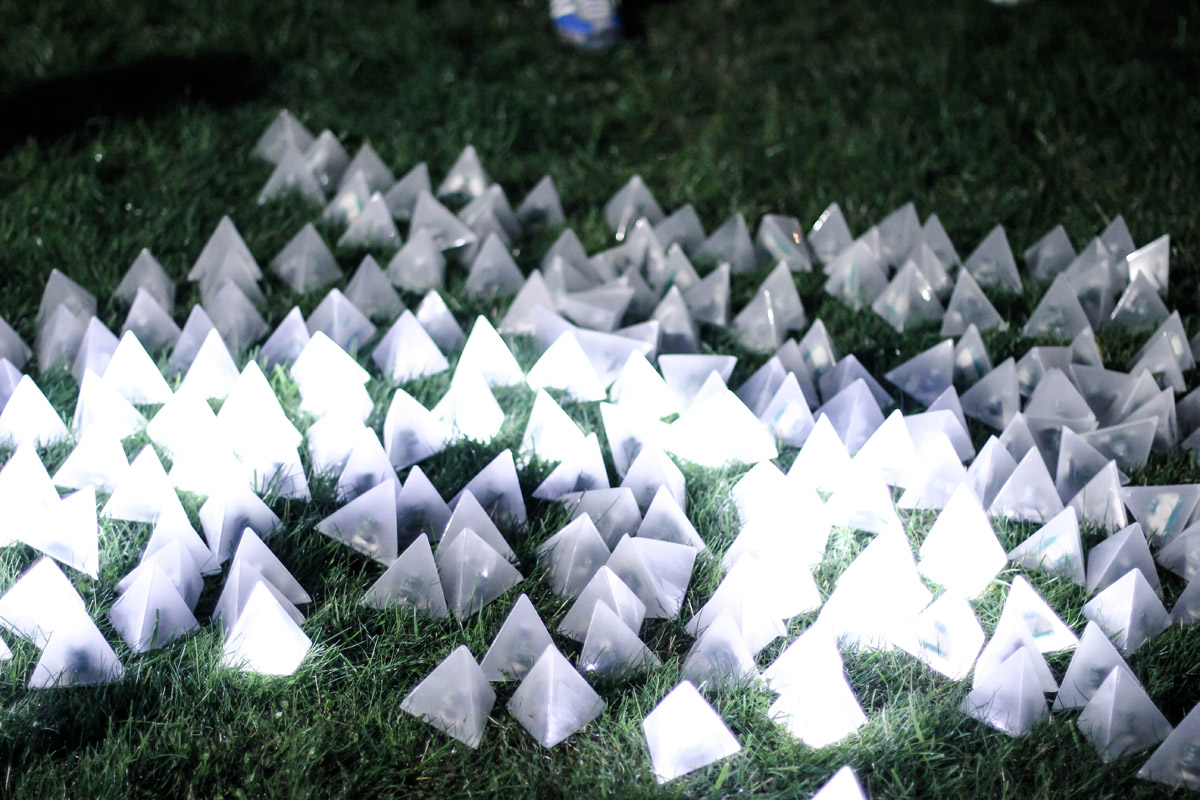Applications and Implications.
Concept.
The scope of this week is to answer crytical questions regarding the final project that would promote longevity into the project, considering it may be reproduced or used by others in future, as well as breath meaning into it.
Q1: What will it do?
A small 5x5 cm light block can display a character, blink, or visualize anything on it's 5x5 led matrix screen. It is interactive and can communicate to nearby blocks, enabling scaling the amount of blocks by putting them together, one close to the other.

.png)
A possibility to display a variety of characters is enabled by the 25 LEDs.


Q2: Who has done what beforehand?
A big inspiration is drawn from the Automatiles project developed by Johnathan Bobrow at MIT University. In his thesis he documents where he draws his inspirations for the project, having a final scope to create an interactive board game that includes electronics.

Some important projects to mention:
Q3: What materials and components will be required?
Main components are defined by the functionality of the device.
.png)
The crytical component list for one electronic bloc:
Q4: Where will they come from?
The components mentioned above can be purchased from large components retailers such as Reichelt or large online markets such as Ebay. The missing components come from the Fab Academy stock.
Q5: How much will it cost?
The goal is to achieve a price breakdown per each electronic block of 5 euros.
Some calculations reveal this as being very feasable:
Total ~ 5.63 euros
Q6: What parts and systems will be made?
The main parts of the system that are intended to be made inside the lab are:
Q7: What processes will be used?
Different parts of the system involve different processes:
Q8: What tasks need to be completed?
Q9: What questions need to be answered?
Some crytical design questions need to be answered which could create a good base for the usability of the project such as:
Q10: What is the schedule?
From my experience, one can do maximum two big tasks a day, that is way a day is devided into two sections according to tasks above:

Q11: How will it be evaluated?
The evaluation will be according to the final interaction desired to achieve, meaning to have the blocks communicating to each other by using Infrared light as well as display different shapes according to the LED matrix.




